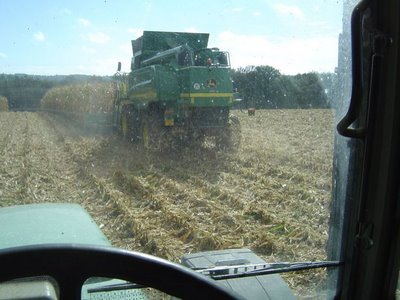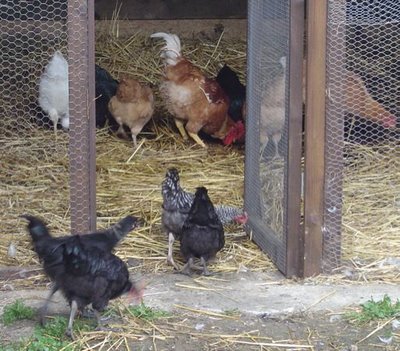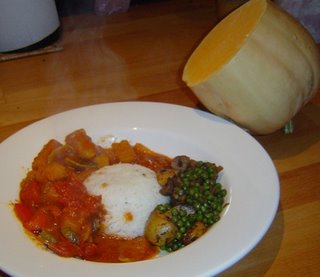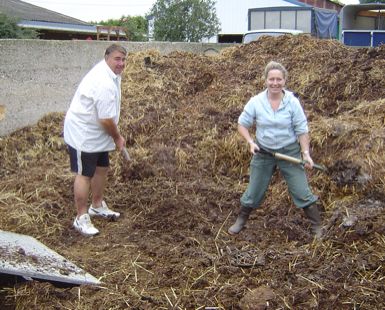
What came first, the chicken or the egg? We have the answer to this age-old conundrum: it’s the chicken, at least in our household. We’ve still had no eggs from our hens and, taking advice, have recently bought some plastic imitations to place in the henhouse to encourage them. And for the chicken? We’ve started eating them. This was always part of the plan and, as we have obtained all ours as small chicks, we didn’t know whether we were getting hens or cocks. There’s only room for one cockerel in the henhouse and so, when they’re eating size but before they’ve started fighting, they’re taken for the pot.
I feel obliged to come over all philosophical about this but will try and avoid the temptation, other than to say that I respect people who are principled vegetarians but we eat meat; and if one chooses to eat meat then I think one should care where it comes from and how it’s raised. Have a read of Jamie Oliver’s thoughts on page 210 of Jamie’s Italy and Hugh Fearnley-Whittingstall’s “Meat Manifesto” on page 9 of the The River Cottage Meat Book, both of whose views I thoroughly agree with. We have seen and supervised our free-range chickens all the way from chicks to dinner plate and so have taken responsibility for what we eat.
Our good friends and neighbours Carol and Alan have had visitors this week. Carol’s daughter Emily arrived with her boyfriend Mike and friends Ann and Sam. During their stay, they asked to be involved with the preparation of a chicken for the pot and with thorough instruction and close supervision, Mike and Ann expertly and humanely despatched two chickens. Then, with Gabrielle, me and Sam, we plucked and drew the birds, hanging them for a day before marinating the cockerel in red wine for 24 hours for a very authentic French coq-au-vin. The one bird adequately fed eight of us as you can see from the photo above. We’re offering a course on preparing chicken for the pot to people staying at our holiday gite as very practical introduction to keeping chickens for eggs and meat.







